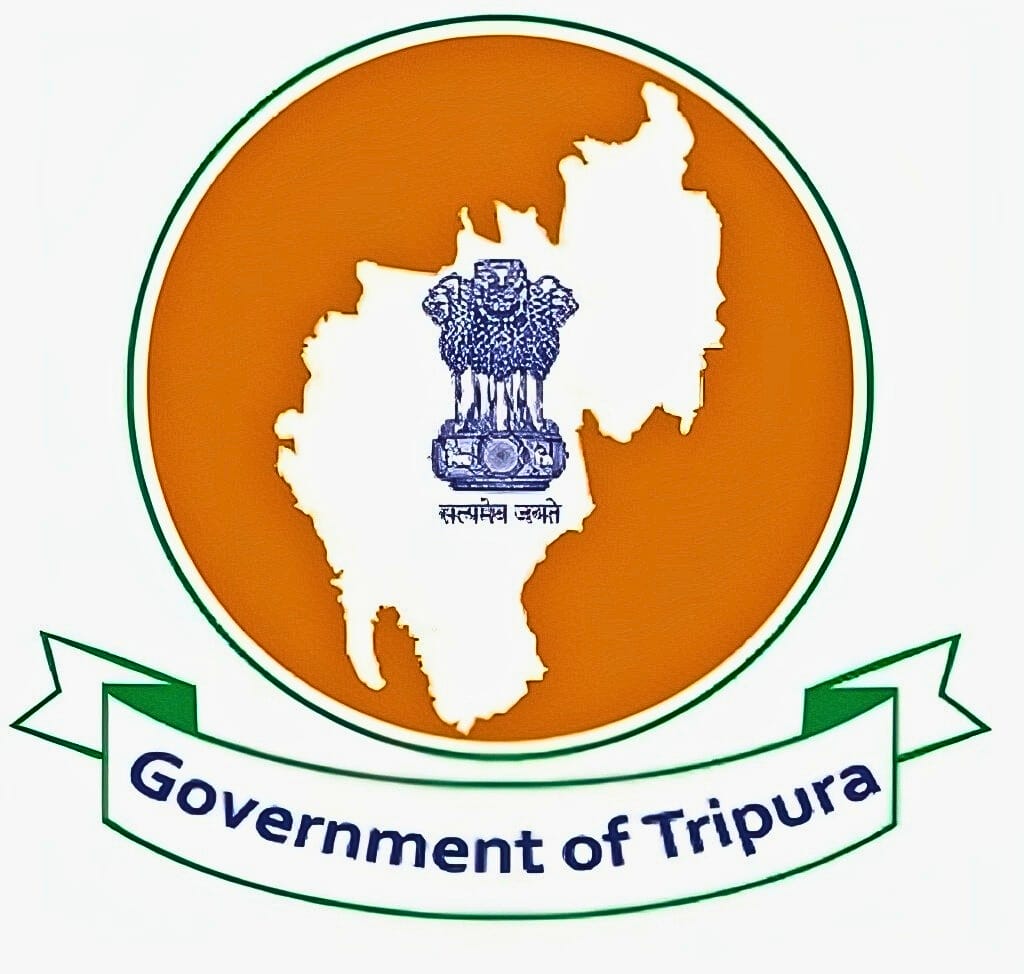
The Tripura State Government on Monday published merit lists for five key recruitment examinations, bringing renewed optimism to job seekers across the state. While the announcement has been welcomed, it has also reignited concerns about the growing gap between government employee retirements and new appointments.
The merit lists include results for TET-I (458 qualified), TET-II (1,589 qualified), and the Physical Education Teacher exam (158 qualified), all conducted by the Teachers’ Recruitment Board, Tripura (TRBT). Additionally, the Tripura Public Service Commission (TPSC) released merit lists for Junior Engineer positions—162 in Civil, 10 in Electrical, and 12 in Mechanical engineering.
Chief Minister Dr. Manik Saha congratulated the successful candidates and commended their efforts, noting that these new appointments would help strengthen critical government departments and improve public services.
However, a deeper look at employment trends paints a worrying picture. Each year, between 3,500 and 4,500 government employees retire, creating a large number of vacancies. In contrast, recruitment figures over the past seven years show that only 2,000 to 2,500 candidates are hired annually—far below the number of retirees.
This widening gap has raised alarms among job aspirants and policy experts alike, who fear that continued under-recruitment could lead to significant staff shortages in vital sectors such as education, healthcare, engineering, law enforcement, and administration.
In response, several youth and employment organizations have called on the state government to speed up the hiring process, clear existing vacancy backlogs, and launch new employment initiatives to better utilize the state’s pool of educated but unemployed youth.
While the publication of merit lists marks progress, analysts argue that Tripura needs a well-defined, long-term recruitment strategy—one that keeps pace with workforce attrition and provides meaningful job opportunities for the state’s growing educated population.
